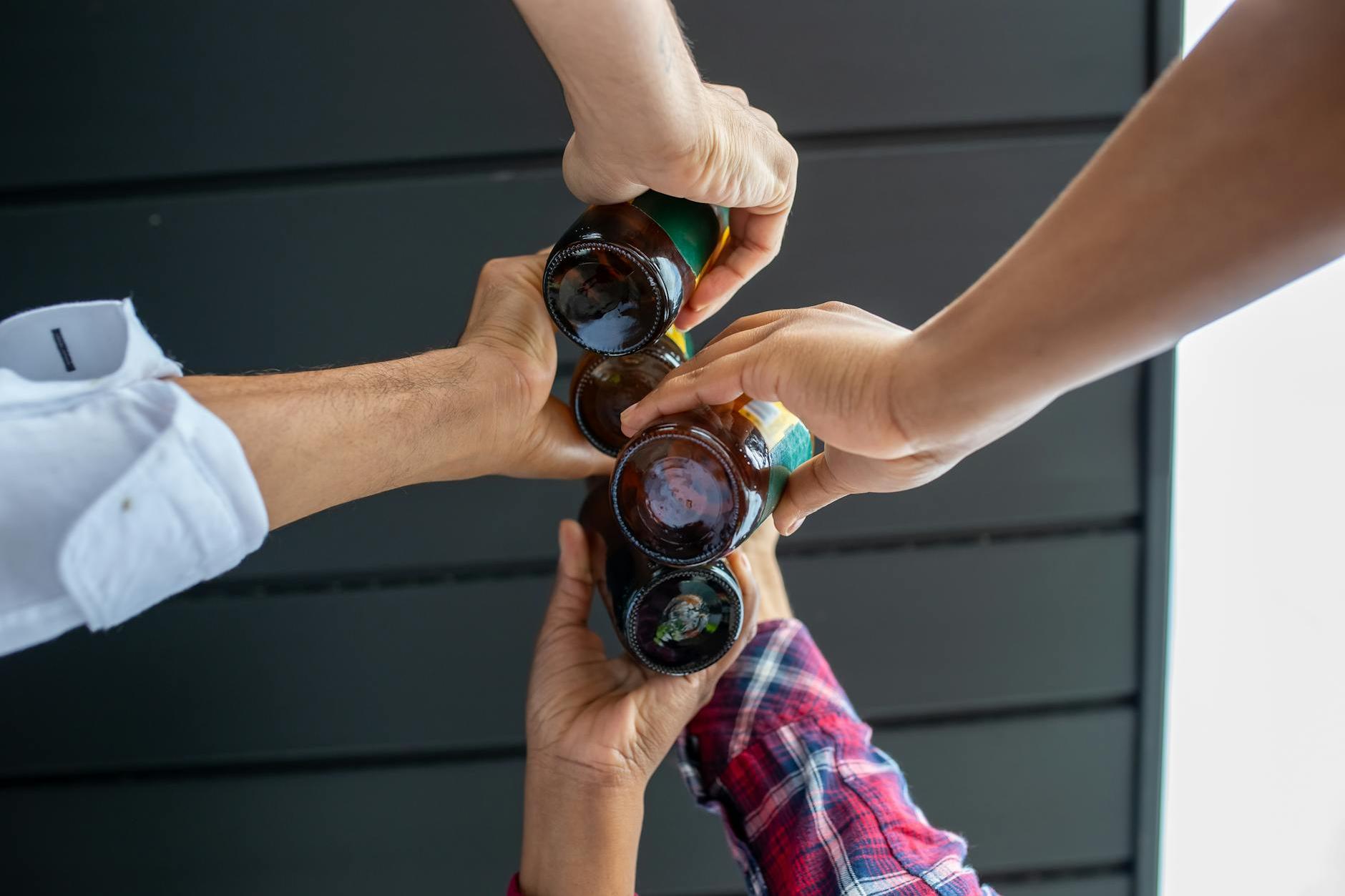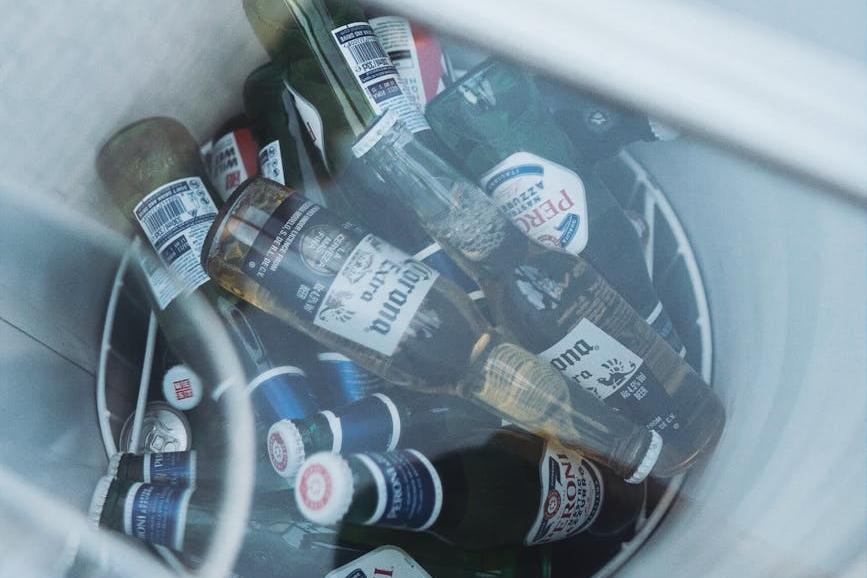- Shanghai Zhongshen International Trade Co., Ltd. - Two decades of trade agency expertise.
- Service Hotline: 139 1787 2118

When Burgundy Red Meets Eastern Palates
Last year at a Paris wine exhibition, when I encountered a certain oak barrel-aged beer, I deliberately tested the bottle temperature with the back of my hand—this detail made the French brewer immediately decide to authorize Chinese agency rights. Currently, domestic craft beer imports have increased by 67% compared to 2023 (Source: China Alcoholic Drinks Association), but safely delivering these liquid golds in fragile glass bottles requires more professional customs strategies than selecting the beer itself.
Three Key Pillars of Customs Clearance
- Trilogy of Qualifications
- Food Distribution License (Scanned Copy of Valid Original)
- Alcohol Business License (Note Special Requirements in Different Provinces and Cities)
- import and exportRecord Filing Receipt (Electronic Version Has Equal Validity Since 2024)
- Variations of HS Codes
- Base Tariff for Beer Under Item 2203.00 is 14%
- Alcohol Content ≤0.5% Falls Under 2202.90 (Tariff 8%)
- Additional Codes Required for Declaration if Containing Fruit Ingredients
- Symphony of Documents
- It is recommended to verify through the following methods:Certificate of Origin (Pay Special Attention to Special Marks in Nouvelle-Aquitaine Region)
- Filling Date Certificate (Directly Related to Shelf Life Calculation)
- Component Analysis Report (Must Include Malt Concentration and Hop Content)
Ballet of Fragile Goods Clearance
Last year, a batch of Saint-Omer Abbey Beer had a 4.2% breakage rate due to improper packaging, directly resulting in a 120,000 RMB customs bond being withheld. Professional customs brokers would recommend:
| Protective Measures | Cost increase | Damage rate reduction |
|---|---|---|
| EPE pearl cotton partition | 8-12% | 72% |
| Full wooden pallet fixation | 15-18% | 89% |
| Thermostatic container | 23-25% | 94% |
Cultural collision on labels
- Five essential elements of Chinese labels
- Alcohol content must use vol instead of abv,
- Country of origin must be labeled to regional level (e.g.: Normandy, France)
- Shelf life format YYYY-MM-DD,
- Design minefield warning
- Avoid using terms like healthcare or treatment,
- Religious elements require prior filing
- Capacity unit must use mL,
Advice from customs clearance veterans
Last month, we assisted a client in clearing a limited edition Champagne region beer, and summarized the golden standards for selecting agents:
- Handled at least 30 batches of glass-bottled alcoholic beverages
- Has on-site inspectors at Le Havre port
- Can provide emergency label replacement services
- Familiar with special period customs clearance (e.g., inspection peak two weeks before Chinese New Year)
Looking at the tasting event photos sent by the client, those crystal-clear liquids that traveled 8,000 kilometers are testament to how professional customs clearance gives products a second life. Choosing the right partner makes every beers journey worth that satisfying pop sound when opening.
Related Recommendations
? 2025. All Rights Reserved. Shanghai ICP No. 2023007705-2  PSB Record: Shanghai No.31011502009912
PSB Record: Shanghai No.31011502009912










